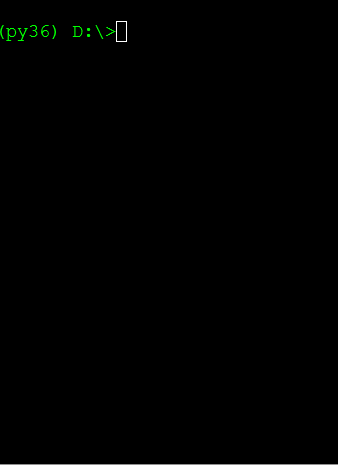Christmas Trees
Vertical scrolling Christmas trees together with the greeting ~Merry Chirstmas~.
The trees are created with the characters from the greeting text.
Originally created to fit in a single tweet (max 140 characters): https://twitter.com/pkitslaar/status/812673564994371584
The code uses the f-string syntax introduced in Python 3.6.0.
Code
t='~Merry Christmas~'
b,s='|!'
for C in t:
for (i,c) in enumerate(t+'||!'):
print(f"{ {s:t,b:b}.get(c,f'{c} {i*C} {c}'):^25}")
Output

Description
Below is a line-by-line description of the code.
Line 1
t='~Merry Christmas~'
Defines the main mesage of the script and will later also be used as the collection of characters used to draw the Christmas trees.
###Line 2
b,s='|!'
Store the ‘special’ characters '|' and '!' as the variables b (from boom in Dutch) and s (don’t know, maybe from special). Since we assing these to single letter variables we can use these instead of the literal character string. This saves 2 tokens per character. Furthermore, since the tuple unpacking notation is used we save another 3 characters with respect to standard assingment, like
b='|'
s='!'
Line 3
for C in t:
Outer loop. Each iteration here results in a new tree being output.
The C (upper-case) character is the character used to fill the tree.
Line 4
for (i,c) in enumerate(t+'||!'):
Inner loop. Each iteration here produces a single line in the tree.
The enumerate yields a character c and the index (as an integer) of the character i.
The loops runs over the characters in t plus two '|' characters and a '!' character.
It can be seen that the brackets
(and)are actually not needed for the tuple unpacking, so the code could be two characters shorter.
Line 5
print(f"{ {s:t,b:b}.get(c,f'{c} {i*C} {c}'):^25}")
This is the main body of the script which contains the most logic.
The line contains a print function call with a single f-string as argument.
This string is the interesting part.
f"{ {s:t,b:b}.get(c,f'{c} {i*C} {c}'):^25}"
If we look at the various { and } characters we see there are a number of levels of expressions that are being evaluated.
At the outermost level we can look at the string as
f"{ ... :^25}"
Which simply takes the results of the expression at the location of ... and produces a centered string (^) of length 25 padded with spaces.
At the next level we look at the expression denoted ... above
{s:t,b:b}.get(c,f'{c} {i*C} {c}')
Looking at the left side of the . we find a (literal) dictionary construction
{s:t,b:b}
Here we find the references to the s and b variables we defined at the start.
The dictionary contains two entries.
b:b=> So, with the key'|'(value ofb) and also the value'!'(again value ofb).s:t=> Here the key is'!'(value ofs) and the value is'~Merry Chistmas~'(the value oft)
So this is equivalant to
{
'|' : '|',
'!' : '~Merry Christmas~'
}
Due to the earlier definitions of the b and s this saves a lot of characters, even when creating a simple single character keys/values.
Next, we look at the right side of the .
{...}.get(c,f'{c} {i*C} {c}')
Here we call the get method on the dictionary with as first argument the value of c, so the current character from the inner loop.
The get method does a lookup in the dictionary and returns the corresponding value if found. If the key is not found in the dictionary the second argument of get is returned.
In this case the second argument is another f-string. Notice it is enclosed in single-quotes, since the outer f-string
is enclosed with double-quotes ("):
f'{c} {i*C} {c}'
This code formats the actual lines of the tree. Inside there are two distinct expressions that are used
{c}: simply prints the current value ofc{i*C}: Repeats (using the*operator) the value ofC(upper-case) foritimes.
Due to the two loops we get a new value for C (upper-case) for every tree, and a new value of c (lower-case) and i for every line in the tree.
Here are a few example results for this f-string for different values of C, c and i:
C c i Line
- - - ----
M m 0 m m
M m 1 m M m
M m 2 m MM m
M m 3 m MMM m
~ e 5 e ~~~~~ e
So, looking back a the expression
{s:t,b:b}.get(c,f'{c} {i*C} {c}')
We see this produces the following results
- If
c=='|', it will simply return'|'again. Which will become the trunk of the tree. - If
c=='!', it will return the full text oft, so'~Merry Christmas~. Which is the closing mesage of each tree. - In the other cases, the value of
cwill not be foud in the dictionary and the second argument to thegetmethod is returned.
Finally, each of these results are centered inside a 25 character width string using the outer-most f-string.